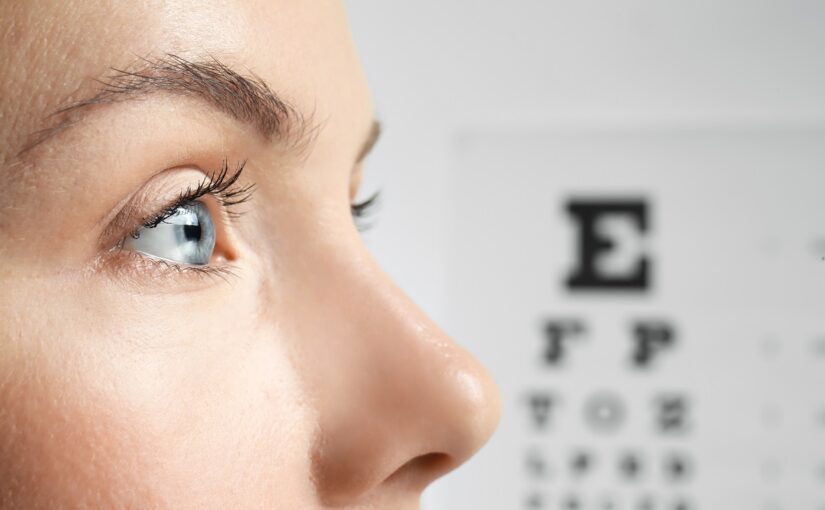Dr. Binoy R. Jani is a fellowship-trained corneal/LASIK specialist and a highly sought-after LASIK surgeon. One of the most common questions he and his team are asked about LASIK is how long it lasts. Unfortunately there is a common misconception that the results can “wear off” over time. Read on as Dr. Jani sets the record straight.
A Permanent Change to the Cornea’s Anatomy
In the right candidates, the results of LASIK are permanent.
LASIK irreversibly changes the shape of the cornea, or the clear covering of the eye, to improve the way light enters the eye and is focused on the retina. During the procedure, a state-of-the-art laser removes miniscule amounts of corneal tissue to eliminate the imperfections that cause nearsightedness, farsightedness, or astigmatism. As a result, patients are able to reduce or eliminate dependence on glasses and/or contacts.
These improvements are stable in the vast majority of patients over the long term. The corneal tissue that is removed during surgery cannot grow back, so the changes do not “wear off” in the years following LASIK.
The Aging Process Continues
Even though LASIK can precisely reshape the cornea to correct existing refractive conditions, the surgery cannot stop or stave off other changes within the optical system that occur with age.
For instance, the lens is an important part of the eye and has nothing to do with the area treated during LASIK. For most people, between the ages of 40 and 45, the lens loses its ability to bend and flex in order to focus clearly on near objects like reading materials. This condition is called presbyopia, and it explains why you see many adults in their 40s start to hold their smartphones and menus at arm’s distance to read them. Presbyopia can be corrected with measures such as lens replacement surgery (refractive lens exchange) or the placement of corneal implants, and LASIK does not interfere with the ability to safely undergo these treatment options.
Another age-related condition that can diminish visual clarity is cataracts, which also develops in the lens. Later in life, around a person’s 60s, the lens starts to become cloudy, causing blurry or fuzzy vision and other symptoms. Cataracts must be treated with surgery to remove the natural lens and replace it with an artificial lens implant. Patients who previously had LASIK can undergo cataract surgery without any problems.
If you previously had LASIK and have since developed visual symptoms that may suggest another problem like presbyopia or cataracts, we invite you to consult with our team about your options. Or, if you are looking for more information about LASIK results and longevity, we are happy to answer your questions during a free LASIK consultation.


